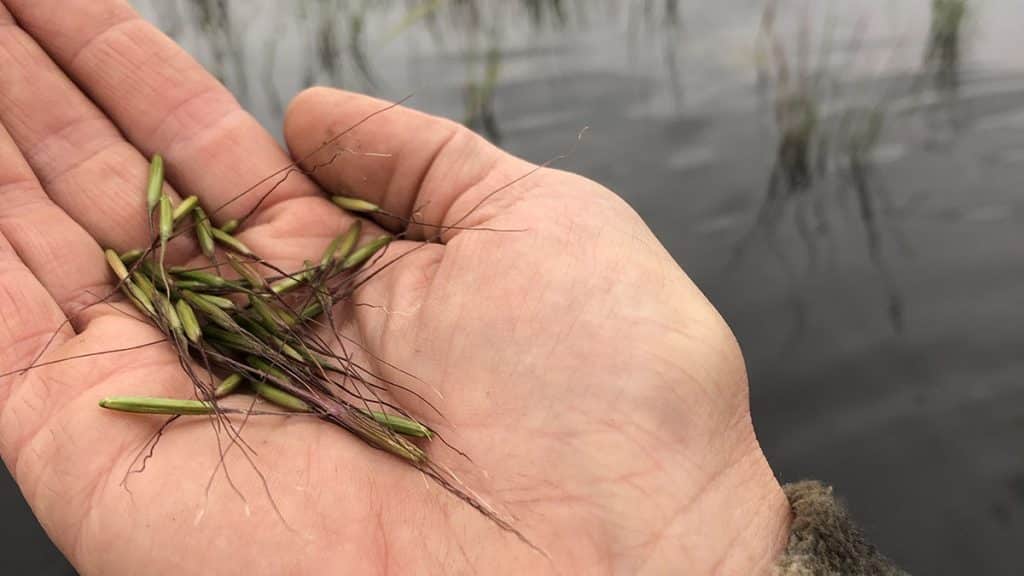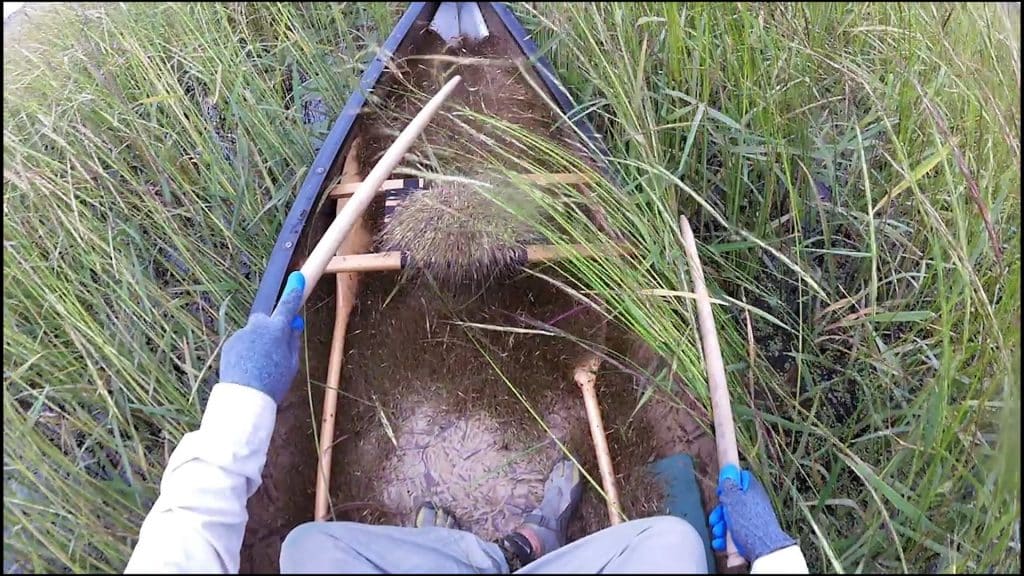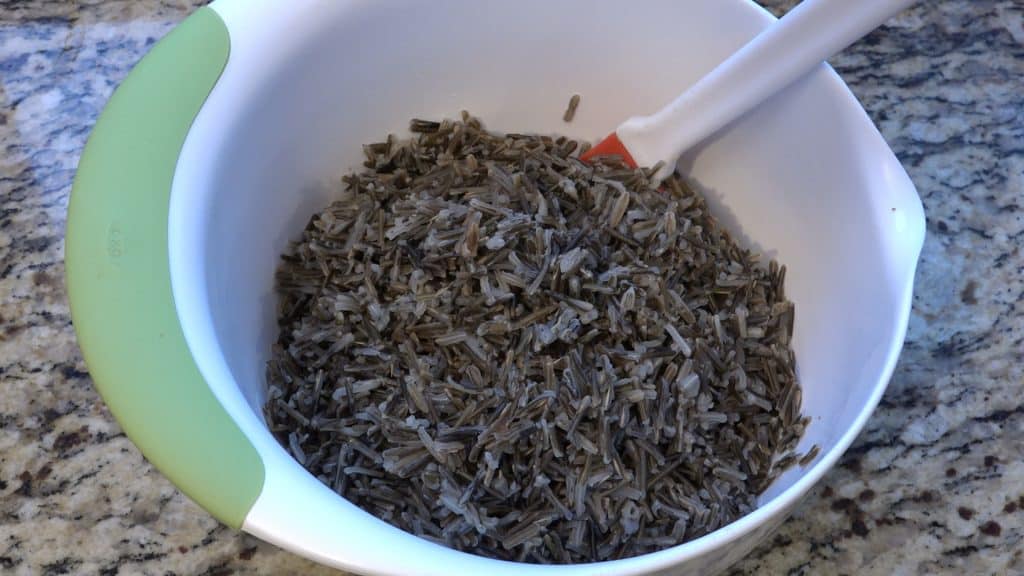Introduction to Wild Rice
Wild rice, also known as Zizania palustris, is a wild grass that grows in the calm and clear water ranging from 6 inches to 3 feet deep. The home range includes Canada, parts of the Great Lakes, Texas, Florida and some areas of the Atlantic Coast. According to the Minnesota Department of Natural Resources, the plants base is rooted in soft and mucky sediment with leaves that will float on the water’s surface during the late spring and early summer. The grain, which is the edible part, appears yellow or red and can be found at the tip of the stalk in August. By July the stalk will grow to anywhere between 3-10 feet tall. Harvest will usually take place in late August to late September. Somewhere around 99% of cultivated wild rice in the United States comes from Minnesota and California. Because of this many Minnesotas have experienced this harvest. If not, here is a small guide on what might take place.
Harvesting of Wild Rice
First, wild rice ripens at different rates depending on the area or even individual body of water. So different lakes and streams might yield different amounts of rice. Second, similar to hunting and fishing seasons, wild rice harvesting is regulated by the Department of Natural Resources. These links have the regulations for both Minnesota and Wisconsin’s wild rice harvest. Finally, the actual process of harvesting the wild rice is quite simple. Most often harvesting is done with two wooden ricing sticks, also known as knocking sticks. You shoulder use one of the ricing sticks to gently bend the stalk over your boat and then sweep or knock the top of the stalk to hit the rice loose and let it fall into the boat. If the rice is ripe it should fall easily into the boat. These small pieces of grain are what you will take home and prepare.
Buying Wild Rice
For those who do not have the desire or the equipment to head out onto the water to harvest your own wild rice, there is an option to buy wild rice in a store. Many large grocery stores will carry wild rice but you need to be careful and look carefully at what you are buying. If the label of the wild rice says “Value Added” that usually means that there is white rice mixed in. This means what you are buying is not purely wild rice. What you want to look for is a wild rice that is labeled as “One-Hundred Percent” wild rice. This is the same scenario if you are buying online.
Cooking Wild Rice
Cooking wild rice is a fairly simple task. The only thing to learn is how to know when it is done. Once you see that most of the kernels have split open to reveal the white inside and the rice is tender yet still a little chewy, then you know it is done. The only ingredients you will need are water or broth and the wild rice you have harvested or bought. Bring the water/broth to a simmer, then add the rice. It will usually be done in 30-60 minutes depending on the type of rice. If there is any water/broth left at the end you can pour it off through a strainer. Then, let the rice sit off heat for 10-15 minutes and finally stir it with a fork to fluff it up. Wild rice will expand as you cook it so the yields below will help you plan out portions prior to cooking. Wild rice is also incorporated in many other dishes. Make sure to check out Modern Carnivore’s Wild Rice Venison Bratwurst recipe. Another common wild rice recipe includes using the rice to make a creamy soup that is perfect for cold winter nights.
Wild Rice Yields
1 Cup uncooked yields 3 to 4 cups cooked.
1 Pound uncooked yields 8 to 10 cups cooked.
1 Pound uncooked is equal to around 2.75 cups uncooked.
Check out Jamie Carlson’s Wild Rice Venison Sausage Recipe





Share this: